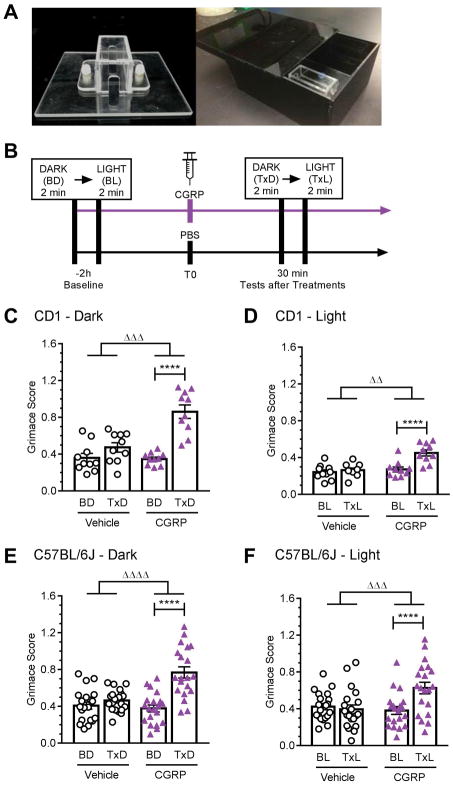Figure 3. Peripheral CGRP induces grimace in restrained mice.
(A) Image of the restraint device and of the infrared-transparent dark acrylic chamber and lid allowing the dark-to-light transition. (B) Experimental design. (C–F) MGS scores were measured in CD1 mice in the dark (C) and in bright light (D), and in C57BL/6J mice in the dark (E) and bright light (F). Mice were restrained and recorded via camera during a two minute baseline dark condition (BD) followed by a two minute baseline light condition (BL) (cool white, 27,000 lux). After baseline conditions, mice were given an IP injection of either vehicle (PBS, 10 ml/kg IP) or CGRP (0.1 mg/kg). Thirty minutes post-injection mice were again restrained and recorded under a two minute treatment dark condition (TxD) followed by a two minute treatment light condition (TxL). Average of 2 experiments per strain, scored by 3 blinded individuals (n=10 per group for CD1 and n=20 per group for C57BL/6J, ± SEM). Two-way repeated measures ANOVA followed by Sidak’s multiple comparison test to compare baseline and treatment conditions, ****P < 0.001. To compare the effect of treatments, the deltas between the scores after treatment from baseline were compared by an unpaired t-test, ΔΔP < 0.01, ΔΔΔP < 0.001, ΔΔΔΔP < 0.0001.

